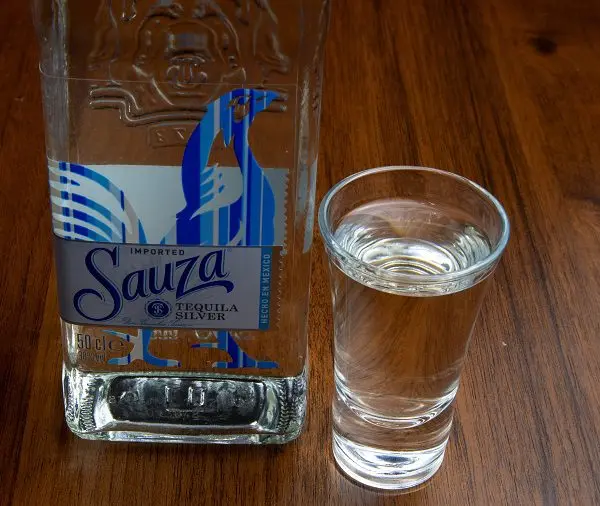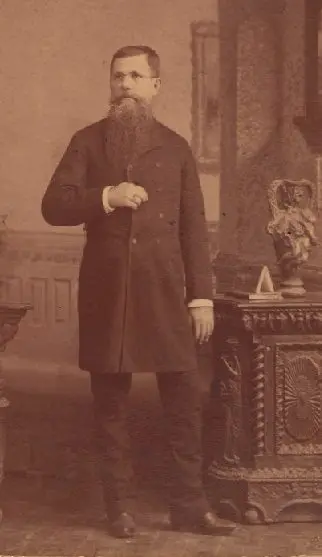Sauza is one of the oldest brands of tequila. In terms of popularity, it ranks second in the world after the famous “Olmeca”. Moreover, in the homeland of the drink, in Mexico, sales of Sauza in some years even exceed the corresponding figures of Olmeca and the popularly beloved Jose Cuervo. Mexicans consider “Sauza” the standard of quality and taste.
Sauza is remembered for its characteristic sweetish caramel flavor. In 2003, an international rating agency awarded Sauza Gold tequila a silver prize with the wording “for a particularly bright aftertaste.” The Sauza Tres Generaciones brand won awards at the International Wine & Spirit Competition in 2009, 2010 and 2012.

Due to its mild sweet taste, Sauza is considered the best drink for beginners who are just getting acquainted with the diversity of the world of tequila.
Types of tequila Sauza
The following brands are currently produced:
- Sauza Blanco is a young, colorless, transparent unaged tequila with a strength of 40%. It has a pronounced taste of agave with a hint of pepper. Aroma – citrus with notes of white pepper;
- Sauza Silver is a colorless, unaged tequila with a strength of 38%, fragrant with green apple, jasmine with a dash of citrus and white pepper. Taste – rich agave with peppery bitterness in the aftertaste.
- Sauza Gold is a golden tequila with a strength of 40%, which is aged for a year in white oak barrels. It has a rich taste of agave with a hint of caramel, the aroma is spicy-fruity. This tequila has a particularly long, warming aftertaste with hints of tropical spices;
- Sauza Conmemorativo – Old gold colored tequila, 40% abv. It is aged in oak barrels for four years. The aroma of agave successfully complements the tones of raisins, oriental sweets, and oak. Taste – very soft, velvety, with a hint of caramel;
- Sauza Hornitos is a premium tequila containing 100% blue agave juice. The drink is aged for several months in oak barrels, after which it acquires a soft, honey-agave taste;
- Sauza Tres Generaciones is a 38% abv super premium tequila line made from 100% blue agave juice. The drink is triple distilled. The recipe was developed in 1973 (on the centenary of the company) personally by Don Francisco Javier Sauza. The label depicts portraits of the founder of the company, his son and grandson. Three brands of such tequila are produced: Platos (young), Reposado (aged in oak barrels for 4 months), Añejo (exposure – 8 years).

Sauza history
In Mexican bars, legends are still told about the fabulous luck of the dashing cowboy Senobio Sauza, who made a fortune in the production of tequila. There is a grain of truth in these stories: if sixteen-year-old Senobio had not gone in search of luck, he would indeed have been a farmer and shepherd for the rest of his life, like his father, who owned a small ranch in the vicinity of Mexico City.
Don Senobio Sauza was born in 1842. In 1858, he left his native land and went to the city of Tequila. The local distilleries (distilleries) produced a drink of the same name, which has not yet gained fame outside of Mexico. A sixteen-year-old boy went to work at the famous Jose Cuervo distillery.
For fifteen years Senobio studied the secrets of making tequila. In 1873, he quit his job, purchased the La Antigua Cruz distillery, and received a government patent to produce tequila under his own name.
In those days, the differences between tequila and mezcal were not as pronounced as they are now: it was considered acceptable to add juice of other types of agave to tequila, and not just blue. Even Sauza himself was first going to produce mezcal – brandy from the fermented juice of several types of agave with the addition of corn.
However, the red volcanic lands of the mountain valleys of the state of Jalisco, where the plant of the future great tequilero was located, are an ideal place for growing blue agave, rich in sugar and starch. Tequila, the recipe of which was created by Don Senobio, included the juice of this plant exclusively. In addition, Sauza was the first to abandon the use of earthen ovens, in which ripe piñas were steamed, thanks to which tequila got rid of an overly strong smoky smell.
It takes 8-10 years for the agave to ripen and fill with honey juice. It was only in 1888 that Sauza’s enterprise became famous and began to bring tangible income. Only a very persistent, hardworking person could stubbornly move towards the goal for so many years and believe in success. Don Senobio gave his distillery a new name – La Perseverancia, which means “perseverance” in Spanish.
By the end of the XNUMXth century, Sauza tequila had become a kind of quality standard: other manufacturers, following Don Senobio, began to use only above-ground ovens, and the juice of all other types of agave, except blue, was forever excluded from the recipe.

By 1906, Sauza owned a dozen distilleries and huge blue agave plantations. Branches of the company opened in Mexico City, Monterrey and Chicago. Sauza began exporting tequila to the US and Europe.
After the death of Don Senobio, the company was headed by his son, Eladio, and after him by his grandson, Francisco Javier. All of them inherited the entrepreneurial spirit and inquisitive mind of the founder of the family business. These qualities helped to save the company despite the wars, revolutions and economic crises, which were generous in the XNUMXth century.
The main difficulty in the production of tequila is the need to wait for the harvest for eight years. The owners of Sauza have developed an original system for growing young shoots of blue agave in special greenhouses, which has significantly increased yields.
For over a hundred years, six generations of the same family have run the firm in succession. Only in 1988 did it fall into the wrong hands for the first time: it was bought by the Spanish company Pedro Domecq. Since July 2005, Sauza has been owned by Fortune Brands Corporation.









